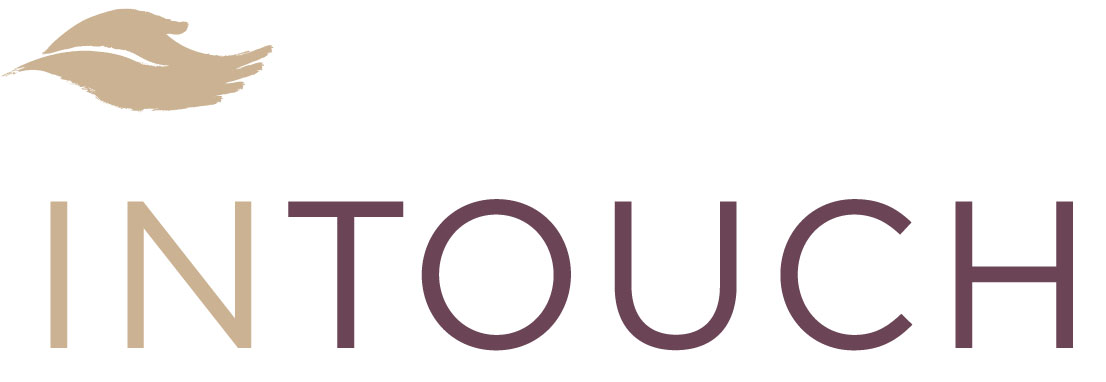BODYWORK DEFINED. One of the best parts of an InTouch SF healing session is the hand-selected fusion of modalities in any given treatment. The combinations of acupuncture and adjunct therapeutics clear physical and emotional blockages in ways that refresh your system. Simply relax, reboot and repeat.
TUI NA A classical form of Chinese therapeutic massage, tui na may be implemented by the practitioner on an as-needed basis. This hands-on treatment is particularly effective in dredging the meridians and releasing blocked energy from the muscle layers of the body.
GUA SHA This ancient practice consists of vigorously scraping a porcelain spoon across the muscles of the neck and back to relieve muscle tension, stiffness and pain. Upon completion, redness may appear on the surface of the skin, indicating "sha" or the severity of the stagnant energy that was once lodged in muscular depths.
CUPPING Negative pressure forms a vacuum-sealed barrier between the cup and the skin. This suction causes blood vessel dilation which warms and promotes the free flow of qi and blood in the meridians and diminishes swelling and pain. Stationary or sliding glass, bamboo, or plastic cup therapy can promote notable relief from shoulder, back, stomach, and leg tension, vomiting, menstrual cramps, cough, asthma, and acute sprains.
MOXIBUSTION Artemisia Vulgaris, a species of chrysanthemum known for its healing properties, may be heated and either directly or indirectly applied to the surface of the skin to treat painful joints, abdominal pain, diarrhea, PMS cramping, hernia, impotence, common cold, and asthma.
ELECTRO-STIMULATION Initially developed in China during the 1930s, electro-acupuncture became highly popularized in the late 1960s and early 1970s due to its particular effectiveness in pre-surgical anesthesia. In addition to the treatment of pain, e-stim provides relief from palsy, paralysis, muscle atrophy, prolapse and more. At InTouch SF, the practitioner adjusts the frequency and intensity of the electrical current, according to the patient's stimulus threshold.

